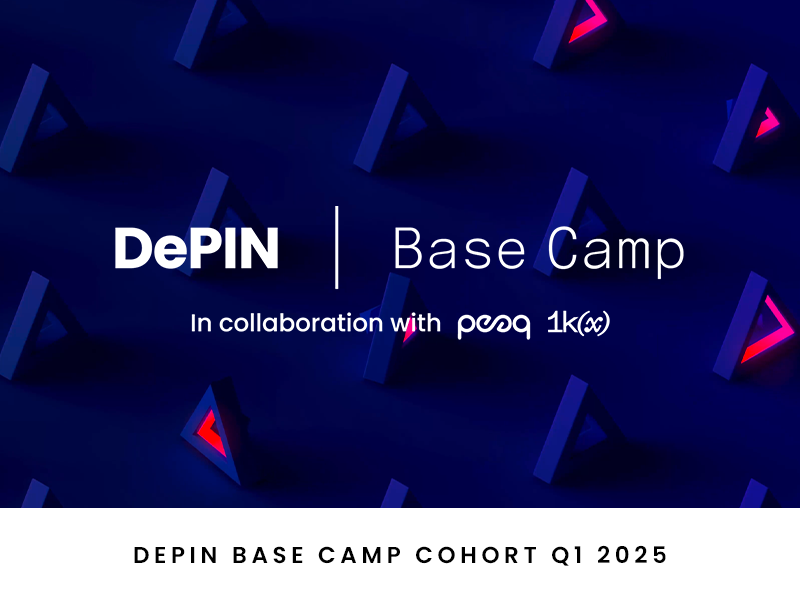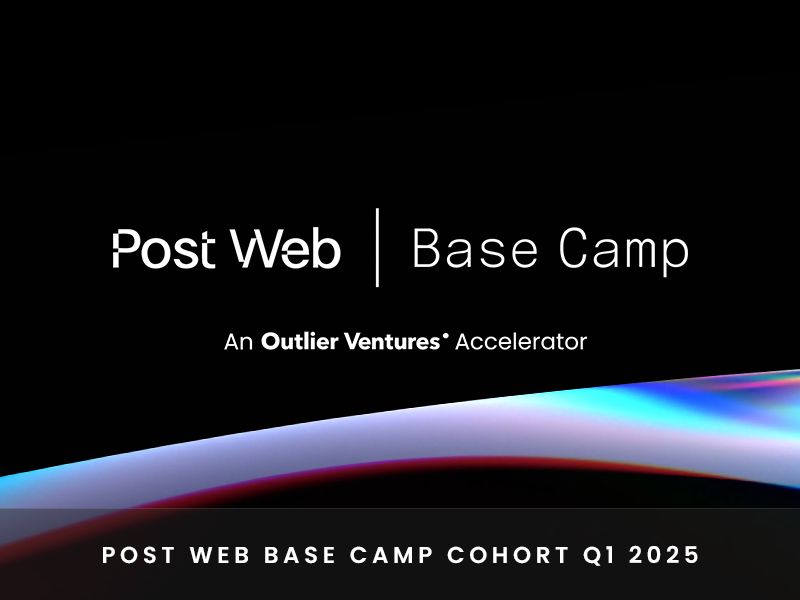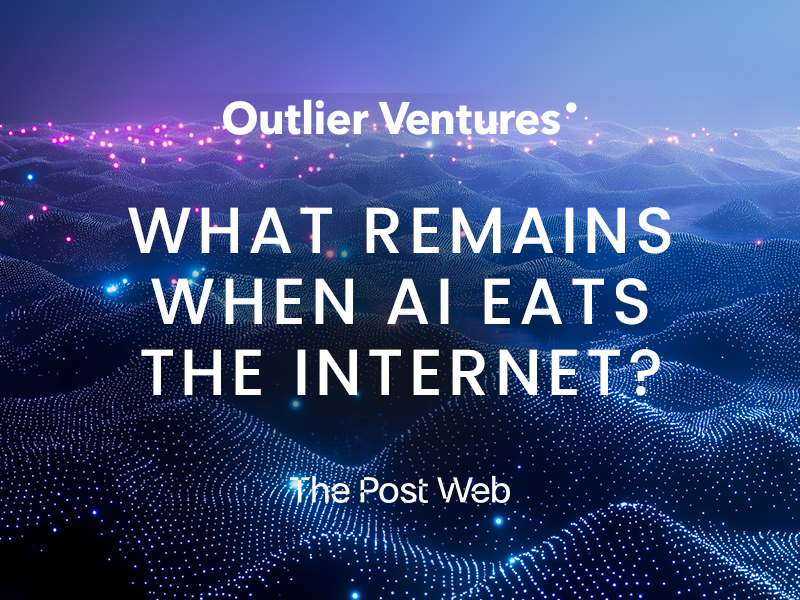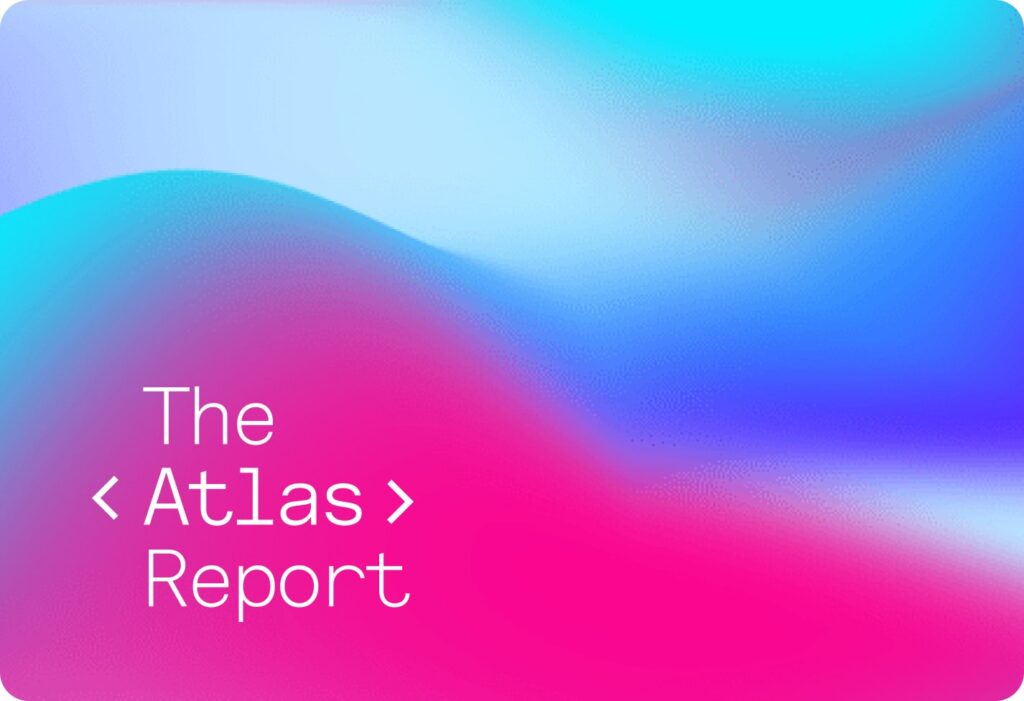The evolution of customer acquisition to a more sustainable “Community as a Service” (CaaS) model. A discussion around how lack of “number go up” sent us “questing”, and a bet that communities are the key to unlocking the next layer of value creation.
Acquiring users in crypto now is akin to the earliest men hunting in the depths of a multi millennia ice age: their tools rudimentary and their prey dormant. The early men wandered the tundra with little knowledge about their game, with only two outcomes: a successful catch or death by starvation or frostbite.
For consumer crypto products, the story is the same as they begin their customer acquisition journeys: acquire users or die trying.
2021 and 2022 marked a time when startups could combine a fundraising announcement with a subsequent NFT or token drop to capture and retain early users; a strategy executed well by a plethora of marketplaces, analytics tools, games, and Web 3 infrastructure, which allowed them to see early traction solely based on the performance of their token initiatives in the market. Whether it was digital and physical marketplace Americana who saw their NFT access pass surge to a 0.25eth post-launch or once promising NFT marketplace Looksrare which distributed 12% of total token supply to the NFT community in a vampire attack on OpenSea; both captured the attention of consumers for a short period but ultimately saw their user bases shudder in the long run.
By no means are these two projects’ crypto’s biggest blunders, but what these dynamics boil down to is a general over-reliance on token and NFT releases as mechanisms for long-term customer acquisition and retention, especially with poor macro further suppressing the value extractive nature of these designs.
To combat many consumer acquisition shortcomings, crypto companies and funds alike rushed to ensure they were actively investing in the best “loyalty” products. Projects flocked to “engage to earn” or “questing” platforms with market leaders Galxe, Layer3, and Zealy as a method to acquire, retain and instill “loyalty” within customers.
These platforms, while interesting for top-of-funnel growth metrics, have served as temporary fixes and marketing crutches, having a negligent effect on a protocol or project’s chances of long-term growth and sustained customer acquisition. Most of these platforms focus on social vanity metrics by encouraging users to follow on social media or join a community. The reward mechanisms are inconsequential (with a small monetary upside and virtually zero social or reputational upside). The disconnect between quest and consumer is exacerbated by the inability to track future on-chain transactions, meaning customers cannot calculate the LTV of their lead generation.
United Online
Now, it’s no question that we are hurtling toward a future where everything is tokenized. Network participants are inherently greedy and obsessed with financialization, a dynamic catalyzed by blockchain technology. In the same way that we tokenize, we will “communitify”. This is to say that for every commonality as humans, we’ll have an opportunity to share that commonality in a digitally native community through the redemption of programmatic assets. Whether it’s the music we listen to, the things we buy, or the school we attend, we can make these experiences immutable on chain and share in the spirit of online communities for every avenue of our lives. We’re seeing this trend flourish in the luxury markets as NFT companions for physical products bring buyers closer together. Louis Vuitton solidified this future with their recent soulbound NFT drop, which will come with physical products but, more importantly, provide unparalleled access to a community of like-minded consumers. Shifting the emphasis from tradability to consumption fundamentally redefines the community, creating an exclusive group “inextricably linked” to its consumers.
Here’s a fun edit from @0xdesigner alluding to our future as consumers and communities.

As Shayon Sengupta mentions in Multiplayer Mode, crypto is an inherently social technology and I’d like to take it one step further by saying crypto is hypersocial, it is tribalistic. As crypto participants, we all operate as tribes, each tribe originating from a commonality between members. As communities, we heed the warnings and harken to the advice of our compatriots. Often not acting without the consent or the recommendation of the group.
To ignore the group is to ignore the ethos of crypto consumer behavior.
Crypto native use cases like Subscribe to Mint pioneered by Mirror, Attend to Mint accelerated by POAP, and Interact to Mint via IYK bring us closer to communities bound by NFTs based on actions, likes, dislikes, and desires. Digital fashion startups and luxury fashion have cemented mint to redeem as the future of their industry. Thanks to platforms like Medallion, we’ll be able to join tight-knit communities of our favorite artists or collect experiences with our future rising stars on Mercury. All of these represent crucial groundwork for the prevalence of digitally native communities in our lives.
With the advancement of Web 3 attribution, it will become possible to extract information about the products and brands that users purchase and endorse, the locations they have visited, the blogs they have read, and even the sports teams they support. Web 3 attribution allows a value capture not possible with current distribution monopolies. With new media models, users are measured in terms of the absolute value they drive and are rewarded with mechanisms like revenue share kickbacks.
These elements align with a future led by a new kind of model, a concept called “Community as a Service” (CaaS). In its simplest form, CaaS can be understood as where access to a particular group of people is valuable enough to be considered a marketable product. If we lean into the idea of communities, their tendencies and their unique role within crypto, we enable a future where boosting organic visibility, providing low-cost feedback and insights, enhancing brand credibility, and enabling targeted advertising campaigns, becomes significantly cheaper. \
The future of customer acquisition revolves around monetizing communities with crypto rails streamlining and supercharging the value creation for consumers. In web 2 social consumer, the community onboarding process is rudimentary and generally disconnected from the brand itself. With Web 3 rails, the consumer experience shifts from a simple “Buy Now” to a more inclusive “Gain Access,” representing the principles of CaaS in its most rudimentary form, with the most powerful distribution platforms coming from these NFT-enabled groups. Crypto enables a value capture mechanism that allows communities to own, control, and track their influence. These dynamics will ultimately be too strong for brands, projects, and protocols to ignore, establishing CaaS dynamics as the future of customer acquisition in every direct-to-consumer vertical.
The Caas Transformation
The compelling thesis is that Web 3.0 and blockchain technologies will usher in an era of enhanced advertiser control, fairness, and decentralization. Still, without systems facilitating the creation of value and its equitable distribution among all value contributors, we’ve failed to maximize the underpinning premise. The CaaS monetization model is a first step in building on the community-enabling NFT infrastructure that has proliferated the space.
Once commonalities and identifiers have been established, the trend will be driven by platforms that can aggregate communities, extrapolate data based on chain activity and identify areas of value add for communities to be rewarded. Builders will be inspired by community aggregation tools like De.ID, contribution tracking platforms like OrangeDAO’s Grove or streamlined ad networks like Wildfire that connect brands with Discord communities.
While the concept is novel and has yet to be directly applied to a product or protocol design, builders will productize these trends that have underpinned the customer acquisition dynamics in a few forms, and we’ll see communities monetizing their social and technical clout, which will ultimately enhance customer acquisition and validate the CaaS business case.





